|
|
|
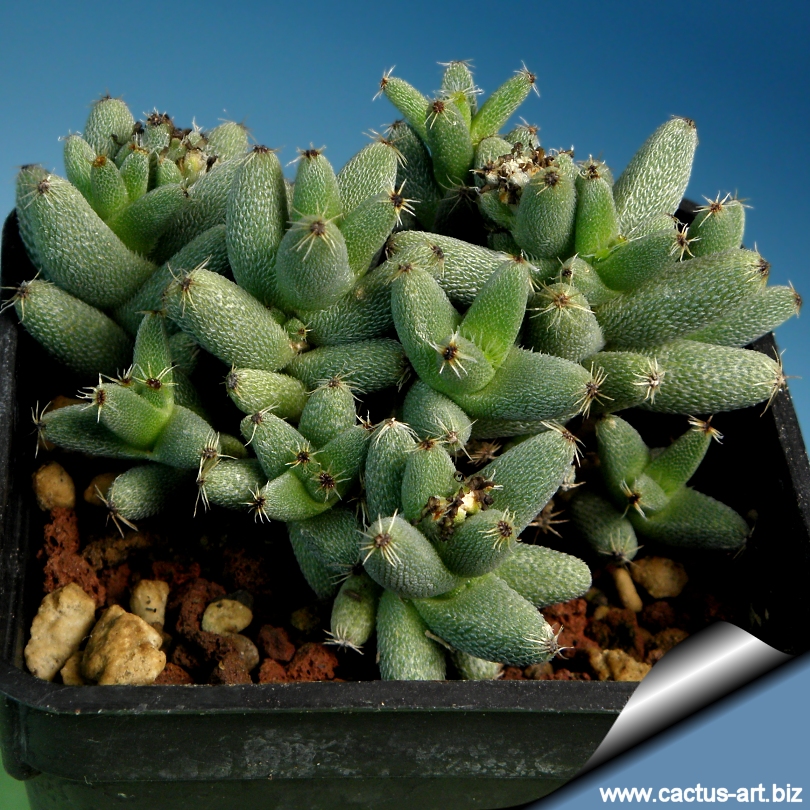
Trichodiadema aff. hallii H 4255
This species has
very thick roots and compact leaves and readily produces abundant
attractive pink flowers.
|
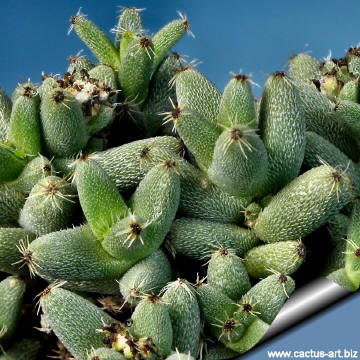 |
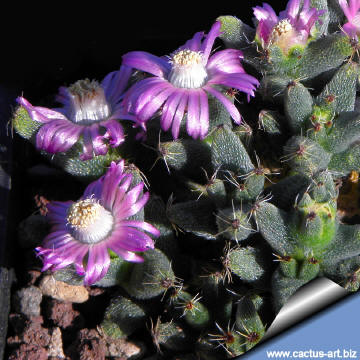 |
|
. |
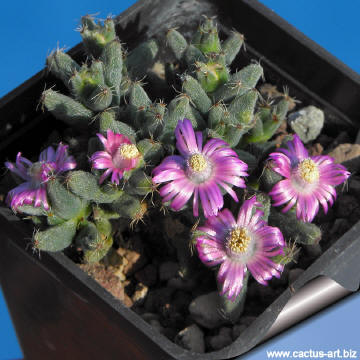 |
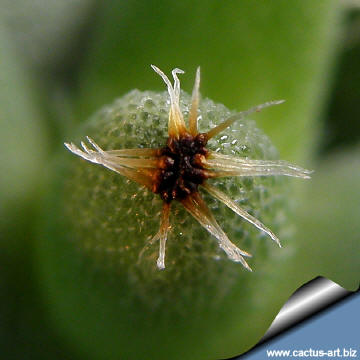 |
|
. |
|
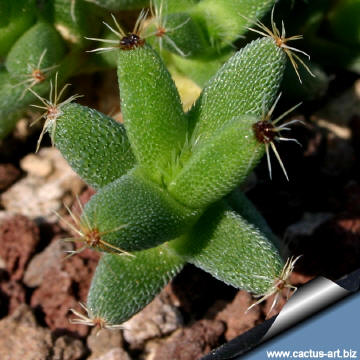 |
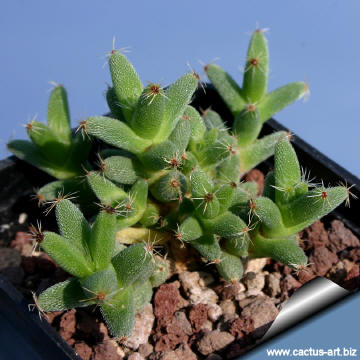 |
|
The bristles on the tips of
its leaves give this plant its generic name which means "hairy crown".
|
|
Advertising
|
|
|
|
|
Family: Mesebrianthemaceae (Aizoaceae)
Scientific name: Trichodiadema hallii
L.Bolus 1950
Origin: South Africa
(Cape Province, Kl. Karroo, Ladismith- Distr.)
Habitat: Grows
crevice on quartzite rocks.
Common Name: African
Bonsai, Miniature Desert Rose
Etymology: This
member of the Aizoaceae family was given this name by Martin Heinrich
Gustav Schwantes in 1926. The genus name "Trichodiadema"
means "hairy crown" referring to the hair radiating from
the leaf tips.
|
|
Description: Small
erect succulent shrub up to 6 cm tall.
Stems: Compact, wiry, woody, not succulent, that produces
short branches from the base and form dense bunch.
Roots: Tuberose, very thick.
Leaves: 1-1,5 cm long, green, thick, close-set, in four vertical
rows, cylindrical, slender with few short white, flexible, spine-like
projections that forming a delicate triple crown at the tip.
Flowers: Abundant, opening only in sun on the morning, and closing
in the afternoon, vivid violet-pink to magenta, up to 3 cm in diameter.
Blooming season: Autumn to Spring. Mainly in late-winter.
|
|
|
|
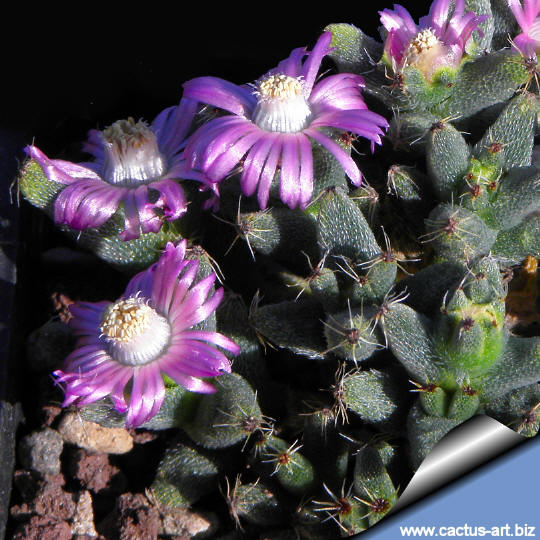
The
flowers are bright violet-purple at the end of winter.
|
|
|
|
Cultivation:
Likes a part-shade position (some early or late sun) but is quite
tolerant as regards sun and intense heat. Growing in well-drained soil,
Tolerates considerable frost a low as – 4° C (or less) and dry
conditions due to its tuberous roots. This species is slow growing and
after some years, the roots can be raised for effect, creating a
beautiful succulent bonsai. This plants in the first years are usually
grown in black nursery containers but if you have a mature specimen with
a nice caudex, a bonsai pot or dish seems to make the plant a little
more special and helps display the plant well.
Propagation: Seeds, it can be also reproduced by cuttings.
USE: Roots of Trichodiadema species have been used in
the past for speeding the fermentation of bread, beer, etc. It is
presumed they contain either yeast or sugars which increase the rate of
fermentation.


|
|